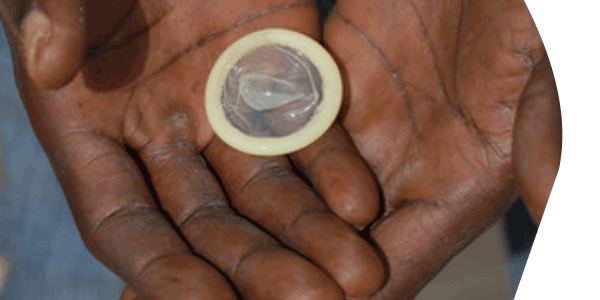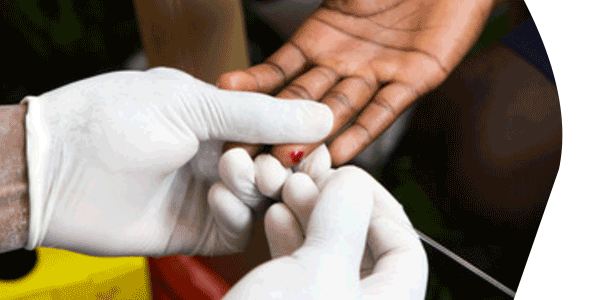Guidance and Sample Behavior Profiles

HIV
Guidance and Sample Behavior Profiles
Behavior Profiles are a stand-out tool in the Think | BIG (behavior integration guidance) suite of social and behavior change tools. Using Think | BIG ensures that your program takes a whole ecosystem approach and is behavior-led, not intervention-driven. Behavior Profiles first appear in Step 4, during phase one Focus and Analyze, of the three-phase system that comprises BIG.
Using HIV/AIDS Sample Behavior Profiles
HIV testing and correct and consistent condom use are among the essential behaviors whose uptake must increase globally in order end HIV transmission. These Sample Behavior Profiles have been created to provide examples of the type of analysis needed to support individuals to practice these priority behaviors.
Each behavior has been written from the perspective of the person who will carry out the behavior – the primary actor. Informed by a global literature review, these Sample Behavior Profiles highlight some of the pathways to change for these behaviors. They are not intended to take the place of context-specific research.
In addition to the ways mentioned in the Behavior Profiles Overview, these Sample Behavior Profiles can help you:
- Demonstrate the pathways to change from behavior to strategies, emphasizing the importance of behavior-led (not intervention-driven) programming.
- Hold discussions with HIV/AIDS stakeholders on how an activity might be refined based on the identified pathways to change.
- Engage with HIV/AIDS stakeholders on how activities might be aligned around behaviors and the pathways to change.
- Think through some of the inhibiting and motivating factors shown to impact HIV-related behavior.
- Identify some of the actors, sectors, and strategies that might be required to impact the behavior in your context.
- Identify outcome indicators that directly measure the uptake of HIV behaviors.
- Make the case for context-specific development or adaptation of promising interventions.
How to Use Behavior Profiles and Behavior Summaries provides more detailed guidance.
Remember, these sample Behavior Profiles provide a good example of a Behavior Profile, but are not intended to take the place of in-country research or your own country-specific Behavior Profiles. To build your own Behavior Profiles, select the online or offline tool under Analyze.
Click to view the sample Behavior Profiles based on global research.
Contact us if you have questions or don’t see the kind of Behavior Profile sample you need. We’re here to help!





 The Manoff Group was acquired by JSI in 2022.
The Manoff Group was acquired by JSI in 2022.